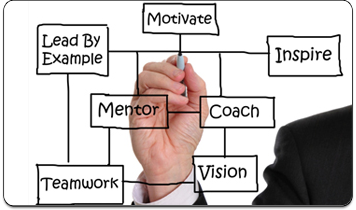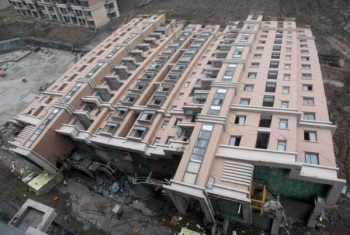I’ve encountered a number of organizations who, through their HR or L & D manager, request training either from their inside team or an external training consultant to address their rank and file’s performance problems.
While this leaves their employees educated, equipped, and encouraged or at least informed after class, the big shock comes in when they still observe the same performance issues, that made them resort to training to begin with, with them individually and as a team.
Why is that?
It’s because there are some companies that are often misled wrongfully thinking that the problem always lies in the knowledge, skills, and attitude of their rank and file when in fact, the real issue at times exists in and among their own middle management or worse, the top executives themselves.
Approaching talent development is always a top-down process and never a bottom-up methodology. The top and the bottom or vice versa may meet halfway but it can never be attacked from the bottom up.
Let’s keep in mind that everything employees are supposed to do every day are all implementations of the strategies and techniques that have been crafted based on the organizational, divisional, departmental, and then team-level goals and objectives that the top and middle management design together or one after the other. Now these, themselves, are inspired by the corporate vision, mission, and values from the strategic level. It’s never the other way around.
Therefore, if there’s something wrong with the company’s vision, mission, and values which in turn, negatively affect the goals and objectives, for instance, it becomes a ripple effect that also trickles down to the strategies and techniques that the employees’ work revolves around.
The case is the same with mistakenly and repetitively focusing on training the rank and file when the root cause/s of their performance deficiencies are brought about by factors external to them like their management or their quality of support and workplace environmental aspects like culture and workplace safety and comfort.
What do we mean by this?
Who should we train first? Outlying employees who are demotivated or uninspired by the organizational culture they are forced to thrive in and/or troubled by their uninspiring, irresponsible, and abusive line supervisors or managers or the latter who clearly need help first themselves before their subordinates receive training and development?
We can’t or shouldn’t just keep on training our people expecting that it shall make a difference when change must first come from and be exhibited by the environment they work in and the leadership/management they report to.
It’s like strengthening the walls, the floors, and the corner supports of a building but leaving the foundation weak. No matter how quality the work on the floors, the walls, and the ceilings is, the structure is still going to come down when the base is questionable.
The organizational culture and the people that create and manage it represent the foundation or the base. When they lack or have the wrong business acumen, inspiration, motivation, knowledge, skills, and attitude themselves, no matter how many times their subordinates are mentored, trained, coached, or counseled, their people shall still fail in what they do.
It only means that the employees may be strong inside but are very gullible on the outside especially when they are adversely affected by these factors external to them.
So, let’s ask ourselves these questions.
- Does our organizational culture support, promote, and strengthen an ambience of high performance?
- Are the top and middle management people role models? Do they first display the excellence pattern that they expect their employees to emulate?
If not, then stop training the rank and file when the management actually needs it first and more.





Add Comment